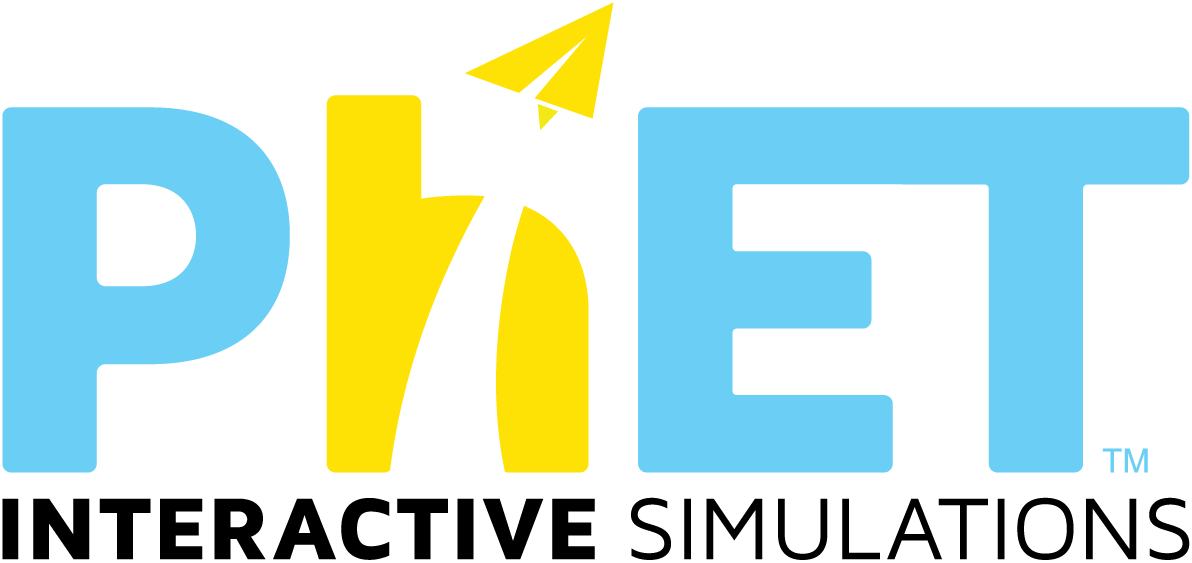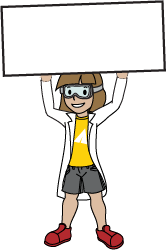147 Such-Ergebnisse, passend zu phase change
Simulationen
- Aggregatszustände (HTML5)
- Aggregatszustände: Grundbegriffe (HTML5)
- Batterie-Widerstandsstromkreis
- Baue ein Atom (HTML5)
- Baue einen Atomkern (HTML5)
- Der Treibhauseffekt
- Dipolmoleküle (HTML5)
- Molekulare Polarität
- Eigenschaften von Gasen (HTML5)
- Energieformen und Energieumwandlungen (HTML5)
- Faradays elektromagnetisches Labor (HTML5)
- Faradays Elektromagnetisches Labor
- Farbwahrnehmung (HTML5)
- Flächen belegen (HTML5)
- Flüssigkeitsdruck und Durchfluss
- Gase (Einführung) (HTML5)
- Generator (HTML5)
- Gletscher
- Gravitationskraft: Einstieg (HTML5)
- Gravitation und Umlaufbahnen (HTML5)
- Halbleiter
- Hookesches Gesetz (HTML5)
- Wellen Interferenz (HTML5)
- Irrgarten
- Isotope und Atommasse (HTML5)
- Käfer-Karussell
- Kapazität Labor: Einstieg (HTML5)
- Stoß Labor (HTML5)
- Kondensatorlabor
- Konzentration (HTML5)
- Kräfte und Bewegung: Grundlagen (HTML5)
- Lambert-Beer's Absorptionslabor (HTML5)
- Magnete und Elektromagnete (HTML5)
- Magnet und Kompass (HTML5)
- Marienkäferbewegung 2D
- Molekülgeometrien (HTML5)
- Natürliche Selektion (HTML5)
- Normalschwingungen 1D & 2D
- Ohmsches Gesetz (HTML5)
- Plattentektonik
- Quadratische Kurven (HTML5)
- Quantenwellen Interferenz
- Radiometrische Datierung
- Reaktionen & Geschwindigkeiten
- Reaktionsgleichungen ausgleichen (HTML5)
- Resonanz
- Reversible Reaktionen
- Schwarzkörper Strahlung (HTML5)
- Stoffmengenkonzentration (HTML5)
- Stromkreise schalten: Wechselstrom (HTML5)
- Stromkreise schalten: Wechselstrom - Virtuelles Labor (HTML5)
- Treibhauseffekt (HTML5)
- Trigonometrie Tour (HTML5)
- Unter Druck (HTML5)
- Viereck (HTML5)
- Zahlenpaare (HTML5)
- Zucker- und Salzlösungen
Beiträge
- States of Matter (Inquiry based) Phase Change and Phase diagrams
- Intermolecular Forces and States of Matter - Interactive Lecture Demonstration
- Reactions and Rates 4: Equilibrium LeChatlier
- States of Matter Basics - Clicker Questions
- Exploring Changes in States of Matter
- States of Matter Lecture Demonstration
- Climate Change - The Gas Phase
- Investigating Climate Change at the Macroscopic and Microscopic Level
- Phase Changes Lab!
- It is not a change... it is a crisis
- Physical vs Chemical Change 8th grade
- States of Matter Guided Activity - PhET Simulation
- IMF and phase changes
- Phase Changes using States of Matter Sim
- Phase Changes using States of Matter Sim
- ChemActivity: Phase Changes and Intermolecular Forces
- How Does the Earth's Climate Change?
- Demonstrating the principle of phase plugs used in loudspeakers by Wave Interference
- Intermolecular Forces and Molecules - Interactive Lecture Demonstration
- States of Matte Inquiry
- Resonance: Upper-division college
- Bunny Lab Population Change and Growth
- Identifying and Differentiating States of Matter
- Climate Change - Gas
- Change Your Motion
- Ohm's Law Remote Lab
- Saturated Solutions - Interactive Lecture Demonstration
- Greenhouse
- Natural Selection ILD
- Phases of Matter
- Applying Le Chatelier's Principle
- Similar Triangles and Slope
- Staes of Matter Exploration
- Plate Tectonics Inquiry
- Exploring Radioactive Decay and Its Uses
- Making Sense of Slope
- Greenhouse Gases and Their Effect on Earth's Climate
- The Greenhouse Effect PhET Simulation Lab
- Greenhouse gases - sense making by observing photons
- Sugar and Salt Solutions: intro to bonding
- Fluid Pressure - an inquiry introduction
- Concentration: Understanding Molarity
- Gravity and Orbits
- Induction (high school version) (Inquiry Based)
- Resistance in a Wire Remote Lab
- Apples in Baskets - Decomposition of 2 addends
- Organize it!
- Chemistry Theater
- Forces and Motion: Balanced and Unbalanced Forces, and Predicting Changes in Motion (Inquiry Based)
- Conservation of Energy 2: graphs analysis
- Induction (college homework version) (Inquiry Based)
- Waves Interference Remote Labs
- Gravity and Orbits Investigation
- Build an Atom: Introduction
- pH Scale Basics | Remote Lab
- States Lab
- Exploring Light - Colors and Filters
- PhET Density Lab
- Energy Skate Park Basics Lesson
- PhET Lesson: Graphing Slope-Intercept
- States of Matter Inquiry using Phet
- States of Matter
- Using the Gases Intro PhET Simulation: Concept Development for Understanding Gas Laws and the Variable Changes Associated with Them
- The Relationship between the Volume of a Gas and its Pressure - Boyle's Law
- Projectile motion lab report
- Gas Simulation Remote Instruction
- Forces and Motion Lesson
- Writing an Equation for the Wave
- Energy Skate Park
- Atoms 4: Game Mode
- Acid-Base Discovery (ICP/Physical Science Level)
- Capacitor and Dielectric 2
- Energy Forms and Changes
- Computer Simulations as a Tool to Assist Teaching Basics of Electromagnetism (Simulações Computacionais Como Ferramenta Auxiliar ao Ensino de Conceitos Básicos de Eletromagnetismo)
- Diffusion Lab
- Atom Builder
- Exploring the Acidity and Alkalinity of Solutions
- 3-1 PhET LAB velocity time graphs
- How can sound waves cause a window to shake?
- Energy Skate Park Basics Energy Exploration
- Guided lab with instructions, screenshots and questions
- In-Post Class Activity Worksheet, Convex Lenses, PhET
- Natural Selection
- In-Post Class Activity Worksheet, Convex Lens, PhET
- Spinometer
- Spring Oscillators Activity
- Energy Simulation Lab - Skate Park
- CD's, DVD's & Optical Commmunication: Binary Coding and Diffraction Errors
- Coulomb's Law Data Collection and Analysis (remote online learning)
- Online Assignment 4 Ms & Ss


